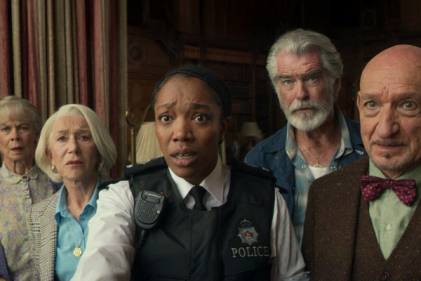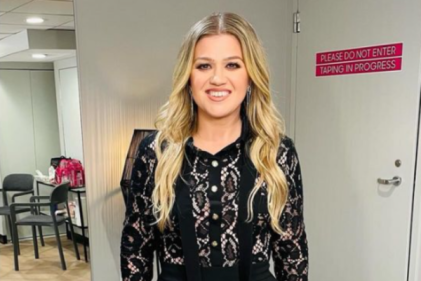Once you have established your child has a slight fever, there are a number of measures you can take to keep it under control.
- Move your child to a cooler environment.
-
Give your child cool drinks. This will also prevent dehydration.
- Remove excess clothing.
- Cold compress.
If the temperature persists or rises after you’ve tried these measures or their temperature has increased, you can give your child an age-appropriate medicine to reduce their fever. This will make your child more comfortable and reduce the chances of seizures caused by high temperature (known as a febrile convulsion).
A recent study found ibuprofen gave fever relief for up to eight hours, while paracetamol worked for six hours. Ibuprofen has also been found to reduce fevers more effectively than paracetamol in cases where the body’s temperature has been higher than 39.2°C.
Speak to a pharmacist if you're unsure about which medicine to give your child.











